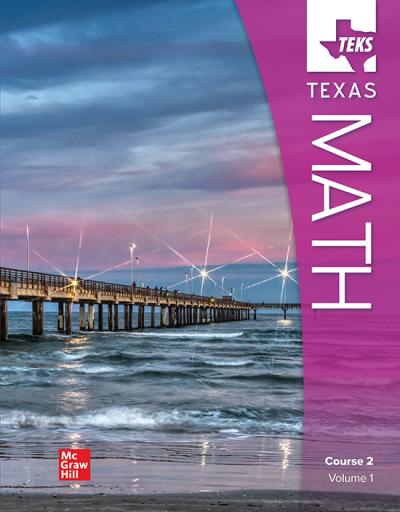Evaluation for 3.2c
Materials support multiple types of practice (e.g., guided, independent, collaborative) and include guidance for teachers and recommended structures (e.g., whole group, small group, individual) to support effective implementation.
The Course 2 materials support multiple types of practice (e.g., guided, independent, collaborative) and include guidance for teachers and recommended structures (e.g., whole group, small group, individual) to support effective implementation. Each lesson begins with a "Launch the Lesson" section that provides recommended classroom structuring, suggested "Teacher Moves," and "Scaffolded Support" to promote student engagement and understanding. For example, in Lesson 5-1: "Probability of Simple Events," the "Launch the Lesson" section offers the following guidance for classroom structure: "You may wish to launch the lesson using a whole group, small group, think-pair-share activity, or independent activity." Each lesson features a variety of practice formats, including "Guided Practice," "Independent Practice," "Critical and Creative Thinking Problems," and a "Multi-Step Problem Solving" section to support students' progression through content. Teacher guidance is embedded throughout the materials and includes instructional strategies, suggested teacher moves, and guiding questions. For example, in Lesson 4-2: "Proportional and Nonproportional Relationships," the "Guided Practice" section includes an instructional strategy titled "Three Stay, One Stray." The materials recommend using this strategy to support differentiation, stating, "If some of your students are not ready for assignments, use the differentiated activity below." The "Differentiated Activities" section includes the purpose of the guided practice exercises and guidance for the teacher to implement specific structures while students complete the exercises. For example, Lesson 6-2: "Equations of Linear Relationships" instructs teachers to "use these exercises to assess students' understanding of the concepts in this lesson. If some of your students are not ready for assignments, use the differentiated activities below." The lesson also includes guidance for implementing the exercises as a small group activity, called "Find the Fib."



